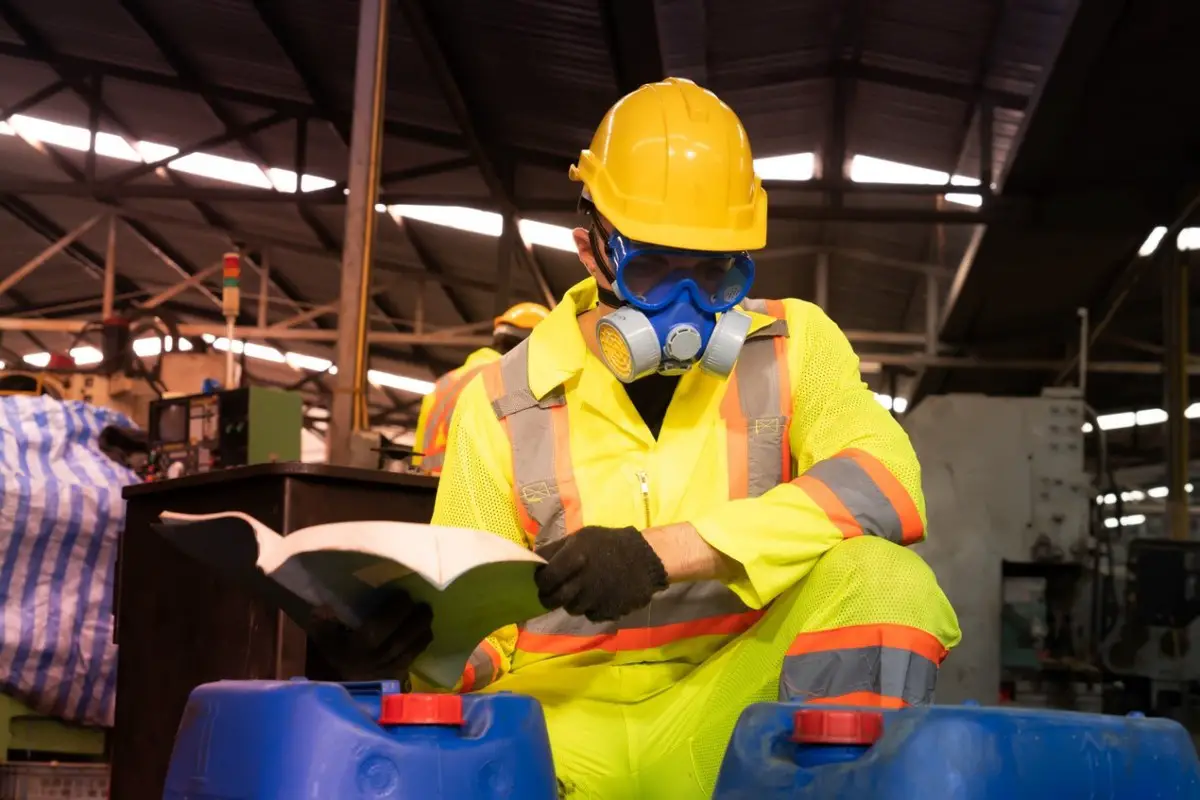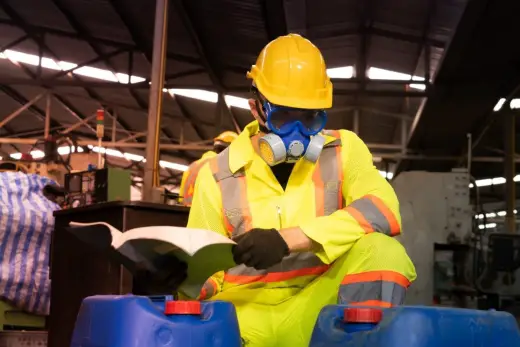Gas safety measures for architects and construction professionals, Safeguarding buildings advice, Property safety guide
Safeguarding Buildings: Gas Safety Measures for Architects and Construction Professionals
22 July 2023
When constructing buildings, safety should always be a top priority for architects. Any building or home they design must have various safety measures in case of an emergency for the residents. Gas safety measures are very important, and every household must be designed to prevent any gas leaks that may occur and the danger it poses.
Especially carbon monoxide leakage can prove to be very deadly, or even worse; the whole building can catch fire which can be very deadly and costly. Architects and construction professionals play a vital role in ensuring that gas installations in buildings are designed and maintained with utmost care and adherence to safety standards so no such incidents can happen. Let’s learn how they can do it.
How Dangerous is Gas Leakage?
First, let’s understand how dangerous gas leakage might be for the residents and the building itself. Here are a few potential dangers.
1. Fires and Explosions Can Happen
In the presence of flammable substances, natural gas becomes dangerous. Due to its odorlessness and ease of dispersion, it may pose a potential health risk. A fire or explosion may result if natural gas is in contact with any spark from an appliance in your home.
2. Risk For Your Health
The accumulation of gas can occur even if the leak is small. It can pollute the air, especially in enclosed spaces such as your home or workplace. The leakage of natural gas reduces air oxygen levels. As a result, breathing becomes difficult.
Natural gas inhalation may also result in nausea, fatigue, dizziness, or headaches. It is possible to lose consciousness, develop coordination problems, suffer memory loss, and develop extreme fatigue. Additionally, it can cause nausea, vomiting, diarrhea, and flatulence.
3. Animals May Die
The natural gas emission by gas appliances can cause animal carbon monoxide poisoning. You should be aware that your household pets are susceptible to carbon monoxide poisoning due to their smaller size. In the same way, that gas leaks affect humans, they also affect animals. The symptoms of a gas leak can include your pet becoming lethargic or weak for no apparent reason.
You may also notice that your pet has difficulty breathing and is suffocating. As a result, vomiting and seizures may occur. If you see your pet experiencing these symptoms, you should examine your appliances for gas leak signs. It is also advisable to take your pet and your family outside safely.
4. Environmentally Harmful
It is well known that methane, a gas occurring in large quantities in natural gas, is a greenhouse gas. Infrared radiation is absorbed by greenhouse gases from the earth’s surface and released as heat. As a result of leaking methane from damaged and faulty pipelines, the atmosphere can warm up.
How Can Architects Prevent Gas Leakage During Construction?
Here are some measures that architects and builders can add to the building during the construction phase to minimize its leakage and prevent accidents, and residents can also know when a leakage happens.
1. Understanding The Gas Regulations of Their Area
Architects must comprehensively understand the local gas safety regulations. These regulations vary from country to country and sometimes even region.
Familiarize yourself with the requirements governing gas installations, ventilation, pipe materials, appliance connections, and maintenance procedures. Staying updated with the latest regulations is essential to ensure compliance and create a safe environment.
2. Collaboration with Gas Engineers
Collaborating with qualified gas engineers during the design and construction phases is crucial. These individuals possess specialized knowledge in gas safety and can provide valuable insights and recommendations.
Engage with them to assess the gas requirements of the building, determine the optimal location for gas meters, and plan the gas pipe routing within the structure. Their expertise will help you design gas systems that are efficient, reliable, and safe.
3. Adequate Ventilation
Proper ventilation is critical to ensure the safe operation of gas appliances and prevent the accumulation of natural gases in the building. Architects should incorporate adequate ventilation systems in their building designs, considering the specific requirements outlined by the regulations.
This includes provisions for ventilation in enclosed spaces, such as utility rooms, kitchens, and basements, where gas appliances are installed. Ventilation systems should effectively remove combustion byproducts and provide constant fresh air.
4. Effective Gas Leak Detection
Gas leaks can often go unnoticed and can be very dangerous. Leak detection mechanics must be installed in a building for this purpose. These systems use sensors to detect the presence of gas in the air and raise the alarm when a leak is detected. Such as smoke detector sensors and CO detectors are notable examples.
Early detection can help prevent accidents and enable prompt actions to mitigate the risk. These sensors must be installed where gas appliances are present and gas pipes pass through.
5. Proper Pipework Installation
The installation of gas pipes should be carried out with precision and adherence to safety standards. Architects should ensure that qualified professionals with knowledge of gas installation guidelines install gas pipes. The pipe materials, joints, and fittings should be selected according to the regulations and manufacturer’s recommendations.
Regular inspections should be conducted to identify any leaks, corrosion, or damage to the pipework and necessary repairs should be promptly addressed. A gas engineer can visit for inspection and have a gas safety certificate issued. The gas safety certificate cost is usually $100-150 but is necessary to prevent gas disasters.
6. Adding Clear Signs of Gas Installations and Emergency Exits
During the construction process of the building, the builders must add clear and labeled signs that show the presence of gas installations so the residents know not to light a fire nearby or take any flammable object near it.
Also, signs must show the emergency procedures and routes in case of a gas leak. They can also include gas shut-off valves and emergency numbers as well.Such means of clear communication of safety measures can assist occupants in responding appropriately during emergencies and facilitate the swift resolution of potential gas-related incidents.
7. Regular Maintenance
Gas safety is not a one-time consideration. The architects should emphasize the importance of regular maintenance to the building owners. They should ask them for periodic checkups to ensure that all the gas appliances, pipelines, ventilation systems, meters, and shutoff valves are working properly. Also, tell the residents to report any gas leakage promptly to the concerned authorities so it is dealt with safely.
Gas safety measures for architects and construction professionals Conclusion
Architects have a significant responsibility in safeguarding buildings against gas-related hazards. By incorporating gas safety measures into their designs and collaborating with qualified experts, they can create buildings prioritizing their occupants’ well-being and security.
Following the guidelines highlighted in the article, architects and construction professionals can be crucial in protecting lives and properties from gas-related risks.
Comments on this guide to Gas safety measures for architects and construction professionals article are welcome.
Buildings
Key Buildings in Scotland Articles – architectural selection below:
Historic Glasgow : best Glasgow architecture of the past
Comments / photos for the Gas safety measures for architects and construction professionals page welcome

